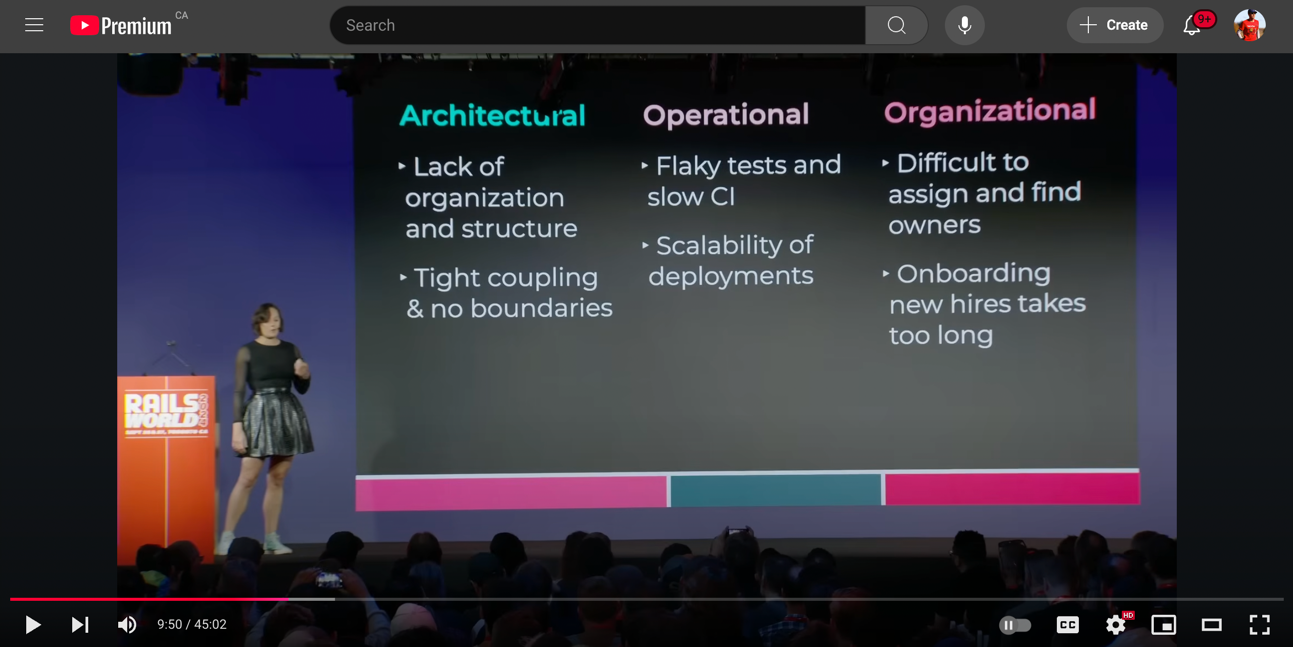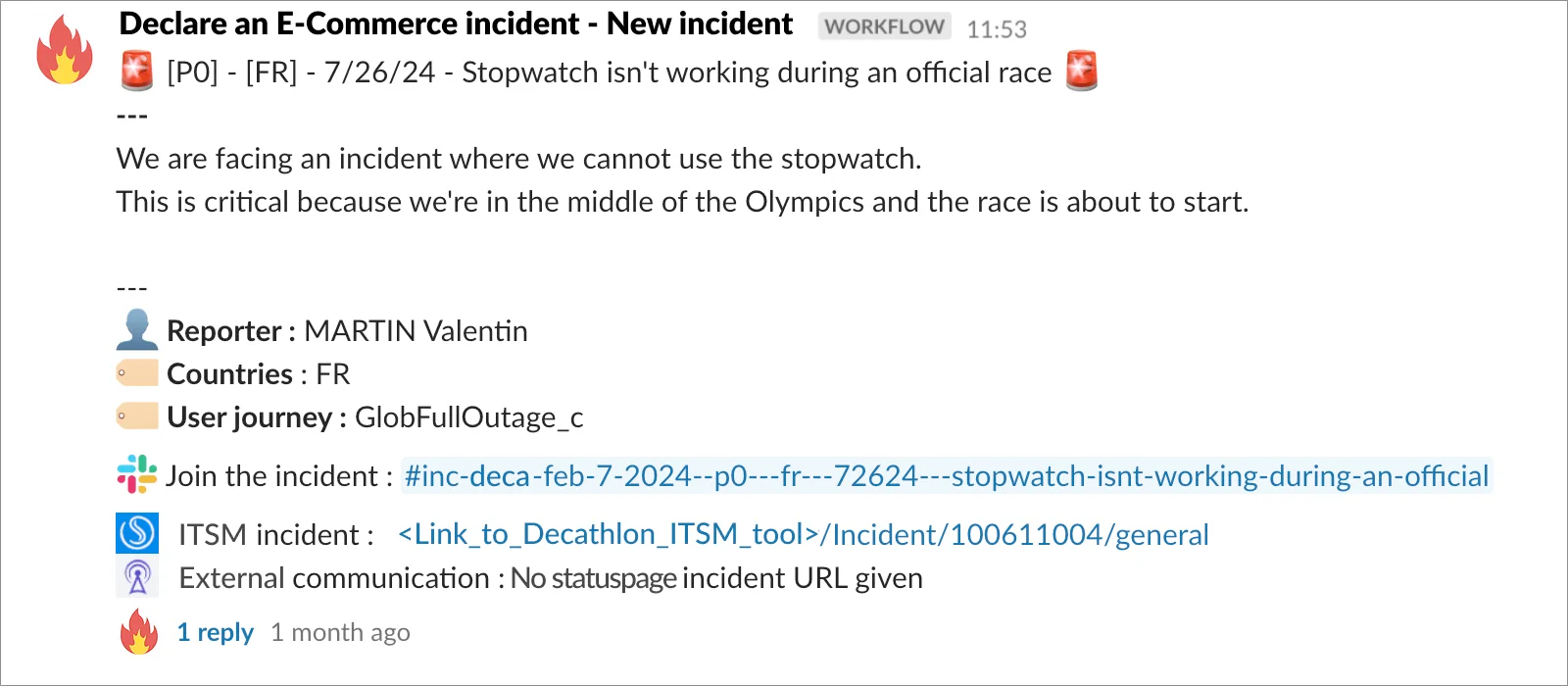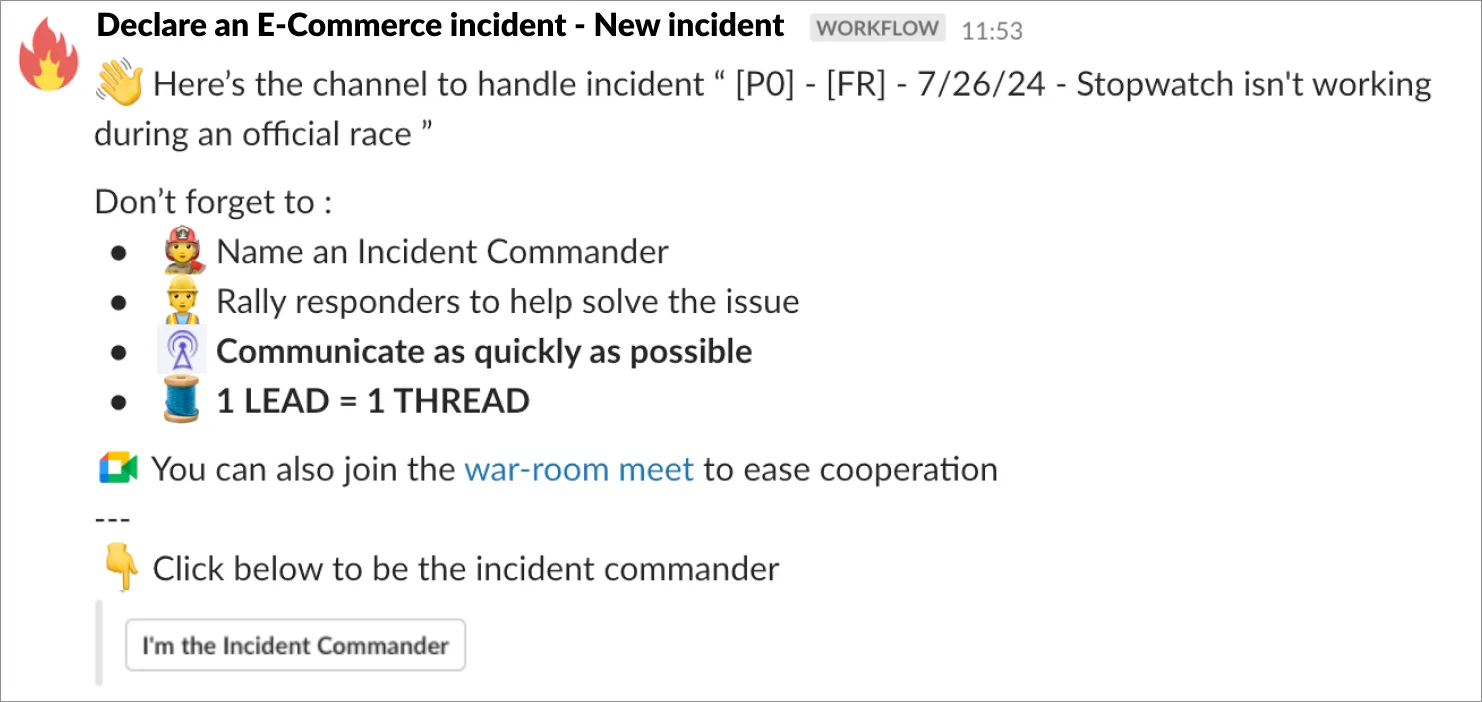Weekly Notes 41 Found a nice article about incident response process improvement this week
-
How Amazon ECS manages CPU and memory resources: Explains when, how to use task limits vs container limits within tasks.
-
Valhalla - Where Are We? by Brian Goetz: Change to the way java stores objects in memory for efficiency. Value classes (no identity) and bang lists. (Non-null guarantees) Allows for memory flattening - fewer pointers and headers per object.
-
Eileen Uchitelle - The Myth of the Modular Monolith - Rails World 2024

-
My solar-powered and self-hosted website: The maker of drupal runs a website on a raspberry pi zero 2 powered by a solar panel and asks why so many websites need high availability. This default creates wasted energy and contributes to our current climate crisis.
-
Our cloud-exit savings will now top ten million over five years: More about 37signals cloud exit and dollars saved. Higher than expected and sooner it sounds like.
-
Solid Queue 1.0 released: Talks about new built-in rails lib for deferred tasks and also the scale they’re running with @ Hey! Nice writeup.
-
Incident management at major sporting goods e-commerce: Nice writeup of an evolved incident response process. They’ve created tools that help get a major incident rolling.
- A reporter selects product module, severity and impact
- An incident channel is notified with a details message (at this point a priority has been assigned to an incident determining next steps in their incident response workflow - eg p1, p2 triggers slack collaboration across teams)
- Ticket is created
- Slack warroom is created (Not for p4, p5 incidents)
- Incident commander is selected
- Communication is greatly improved, and they reduced time to declare an incident






P99 Conf
-
Conference page with videos: A really great online, pre-recorded video conference. I’ve watched p99 videos from previous years and have always enjoyed.
-
DTrace at 21: Reflections on Fully-grown Software: Bryan Cantrill reflects on 21 years of Dtrace. Huge contribution to our field around production debugging.
-
Patterns of Low Latency: Some techniques to avoid latency altogether or when it’s necessary how to make it less visible.
- avoid moving data
- avoid work
- avoid waiting (synchronization bad, context switching, blocked waiting)


